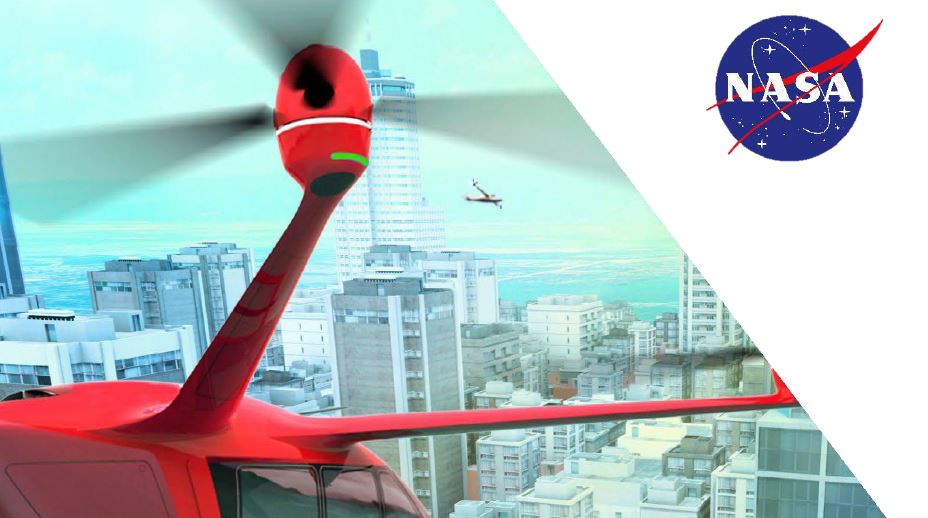
NASA has published a report prepared by Deloitte that looks at Advanced Air Mobility (AAM) “Missions for Public Good” which in its executive summary says
“Advanced Air Mobility (AAM) brings together novel technologies to produce innovative capabilities that have the potential to enhance the current aviation market and transportation network. However, other AAM missions may provide direct benefits to the public while also supporting the advancement of the commercial AAM market. This assessment explores AAM missions for public good, defining what public good means in the context of AAM and detailing use cases, metrics, and requirements to determine similarities to the broader AAM industry.
“To begin, an understanding of public good in the context of AAM was established through the development of initial characteristics common for AAM public good missions. The initial set of five characteristics developed are:
- “Sufficient availability for societal needs,
- “Available to all,
- “Fulfils a potential gap in public need,
- “Benefits society, and
- “No additional cost to the end user.
“Following the development of use cases, a down selection was completed to identify 10 use cases to use for an analysis of potential benefits and impacts when utilising AAM capabilities. To assess the impacts, a set of 13 quantitative and qualitative metrics was produced that considers a wide range of potential improvements due to implementing AAM, such as improved safety, reduced operational time, and increased access.
“Shifting the focus to how AAM public good missions support and advance the commercial industry, requirements were developed for four down-selected use cases to identify similarities to requirements for commercial operations. The down-selected use cases were chosen based on alignment to four commercial AAM markets (inspection, package delivery, cargo transport, and passenger transport) that were identified as priorities across the current ecosystem and industry.
“These four down-selected use cases included:
- “Inspecting critical infrastructure, such as bridges or highways, to ensure safety for users,
- “Delivering essential supplies to persons in need that are not accessible except by air during and after disasters,
- “Delivering emergency supplies to an emergency scene, and
- “Rescuing a person from a dangerous event, e.g., fire, earthquake, etc.”
For more information
https://ntrs.nasa.gov/citations/20230012505
(Image: NASA)

